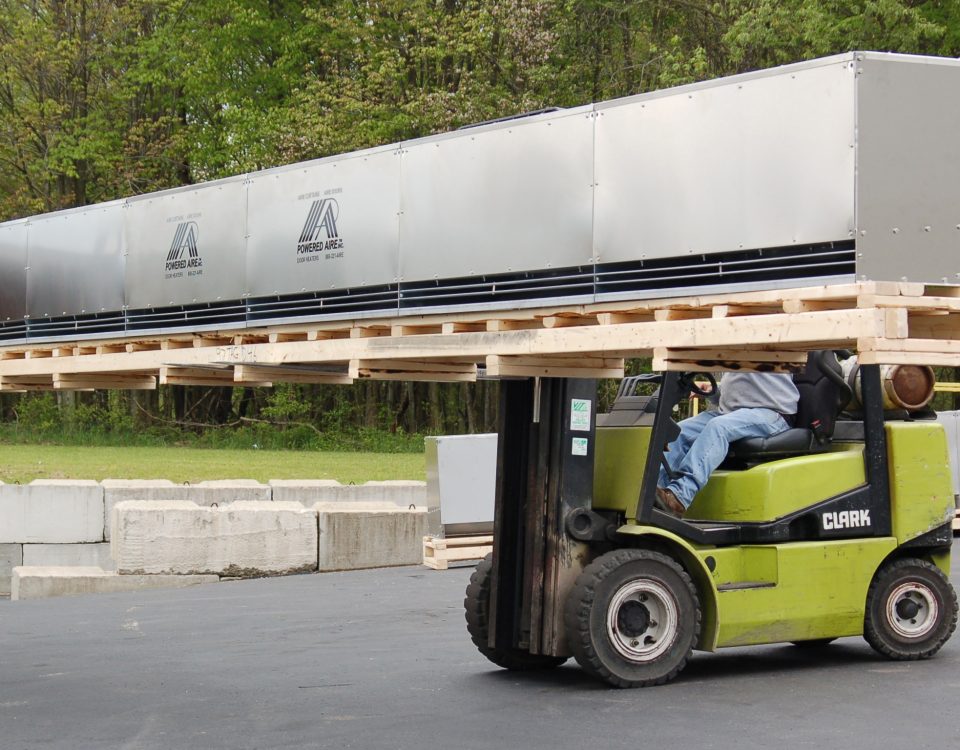How High-Speed Overhead Doors Help Your Business
December 7, 2023
The Importance of Regular Maintenance for Industrial and Commercial Doors
October 4, 2024How High-Speed Overhead Garage Doors Can Help Your Operation
Speed and efficiency are key for any business or operation. For emergency vehicles and dispatch services, though, speed is critical. You can only get fire engines and ambulances out as fast as the doors can open. A standard door might take 30 seconds to fully roll up, while a high-speed door takes a fraction of that time. Still not convinced? Check out all the reasons below about how these doors can help.
1. Rapid Response Times
High-speed overhead garage doors are designed to open and close much faster than traditional doors, with speeds of up to 60 inches per second. This quick operation allows emergency vehicles to exit their bays without delay, reducing the overall time it takes to deploy. In an industry where every second matters, this time-saving feature can translate to faster responses to incidents, potentially saving lives.

2. Durability and Reliability in Critical Situations
Emergency facilities operate around the clock, and their equipment must be built to withstand constant use. High-speed garage doors are constructed with durable materials that can endure frequent operation without malfunctioning. They also feature advanced sensors and safety mechanisms to ensure that the door opens and closes smoothly, preventing any potential accidents that could slow down operations.
3. Improved Insulation and Energy Efficiency
Many emergency facilities are climate-controlled to maintain the health and comfort of on-duty personnel. High-speed overhead doors often come with enhanced insulation, which helps maintain indoor temperatures by minimizing the amount of time the door remains open. This feature not only keeps staff comfortable but also reduces energy costs, which is an important consideration for public and private emergency services.
4. Enhanced Safety Features
Safety is always a priority, especially for emergency workers. High-speed overhead garage doors are equipped with advanced safety features like motion detectors and pressure-sensitive edges to ensure that the door never closes on a vehicle or person. These features prevent accidents and equipment damage, allowing emergency teams to focus on their mission without worrying about operational hazards.
5. Reduced Maintenance and Downtime
Emergency stations need equipment that is not only reliable but also easy to maintain. High-speed overhead doors are designed for long-term use with minimal maintenance requirements. Their robust design means fewer breakdowns and less downtime, allowing emergency teams to remain ready for action 24/7. Routine maintenance is simplified, ensuring that the doors operate at peak efficiency without disrupting daily operations.
6. Adaptable to Various Emergency Facilities
High-speed overhead doors can be customized to fit the specific needs of different emergency services. Whether it’s a fire station, a police department, or a hospital, these doors can be sized and equipped to meet the demands of any emergency facility. Their versatile design makes them ideal for a range of operational environments, from urban firehouses to rural EMS stations.
7. Streamlined Entry and Exit for Multiple Vehicles
In high-traffic emergency stations where multiple vehicles are deployed at once, high-speed doors ensure that large fleets can exit in quick succession without bottlenecks. This is particularly important in cases where multiple units need to respond to a large-scale incident. The rapid opening and closing cycles keep the flow of vehicles moving efficiently.
8. Supporting the Community by Improving Service
When emergency services can respond quickly and efficiently, the entire community benefits. Faster response times lead to better outcomes in critical situations, whether it’s a fire, medical emergency, or public safety threat. High-speed garage doors may seem like a small part of the overall emergency response system, but they play a key role in ensuring that first responders can serve their communities as effectively as possible.



